When was the last time a fairly normcore crossover gained the same sort of following enjoyed by the Subaru Crosstrek? Sure, on paper, it’s just a tall Impreza with cladding, but it has some serious ride-or-die fans, sort of like the Ford Mustang and Porsche 911. Pricing for the 2026 Crosstrek is out, and while the hybrid model seems a bit expensive, the absolute base model looks to be a far better deal for 2026 because it fixes the biggest complaint people had about the model.
If you walked into a Subaru dealer right now and looked at a base Crosstrek, you’d find a two-liter flat-four under the hood making 152 horsepower and 145 lb.-ft. of torque. Those wouldn’t be bad numbers for a relatively light compact sedan, but not only are we looking at a vehicle with a curb weight of nearly 3,300 pounds, we’re also talking about a non-hybrid vehicle with a price tag of $27,980 including freight. That’s a decent chunk of change for something rated at 27 MPG city, 34 MPG highway, and 29 MPG combined while requiring more than nine seconds to reach 60 mph from a standing start.
If you’re willing to wait until the 2026 model rolls into showrooms, however, the base Crosstrek will have significantly more power. Come autumn, the 2.5-liter, 182-horsepower flat-four from higher trim levels will be standard even on the most affordable model. Not only is this powertrain rated identically to the two-liter for city and combined fuel economy, but it only gives up a single mile-per-gallon on the highway for an extra 30 horsepower and 33 lb.-ft. of torque. Since that torque peak kicks in at a lower engine speed, not only are we looking at more than a second cleaved out of the zero-to-60 mph time, the 2.5-liter powertrain is also a more refined experience than the outgoing two-liter unit.
Of course, pricing has risen with the new powertrain, but not by much. The base 2026 Subaru Crosstrek stickers for $28,415 including freight, a mere $435 more than the 2025 equivalent with the smaller engine. Subaru’s also throwing in a few other goodies like push-to-start and rear side airbags with the 2026 base model, which makes it absolutely seem worth the wait.

Speaking of waiting, the Crosstrek Hybrid is also almost here, with an Atkinson-cycle 2.5-liter flat-four and two electric motors, one in the transaxle and one acting as a starter-generator combo. With a total system output of 194 horsepower and mechanical all-wheel-drive, it’s a tempting formula, but it’s going to cost you. The least expensive Crosstrek Hybrid builds on the Sport trim and offers a wireless phone charger, blind spot monitoring, a power moonroof, a 10-way power driver’s seat, a 12.3-inch digital instrument cluster, and the big 11.6-inch portrait-style infotainment system. The Sport Hybrid will, however, run you $35,415 including freight, a $3,370 premium over the combustion-only Sport trim.
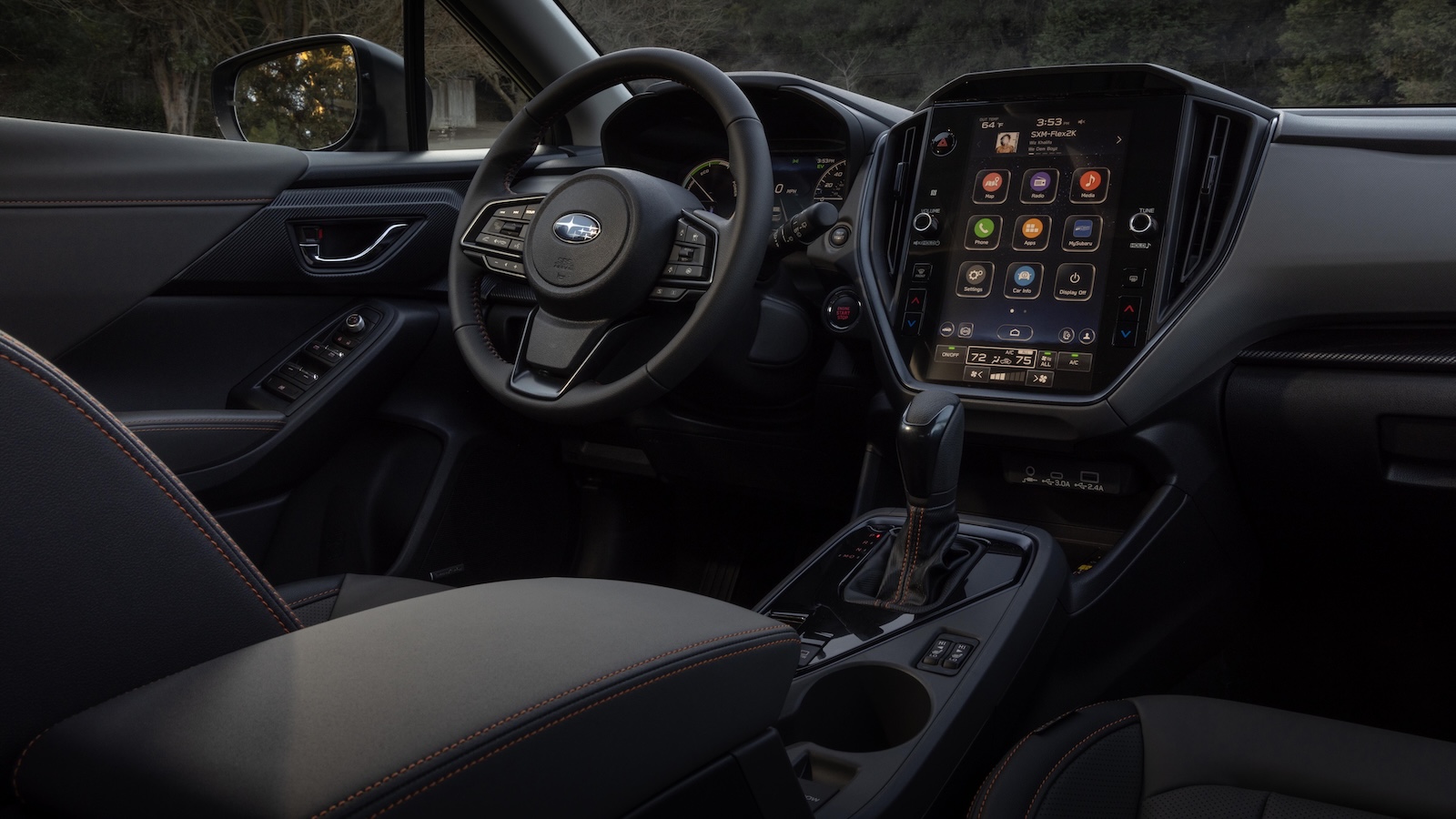
One step further up the electrified range, the Crosstrek Limited Hybrid will run you $36,415, making it the most expensive variant in the lineup. Weirdly, the moonroof becomes optional on this trim as part of a $1,600 bundle with a 360-degree camera system, and you don’t get real leather like you do in the combustion-only Crosstrek Limited. This top trim does give you a 432-watt Harman/Kardon sound system, leatherette, and GPS navigation, but the resulting price tag is a lot of money for fewer features than a regular Crosstrek Limited. Sure, it’s only an extra $2,000 more than the Sport Hybrid, but having to pay an extra $1,600 on top of that to get a moonroof back still seems weird.
What’s The Crosstrek Hybrid Up Against?
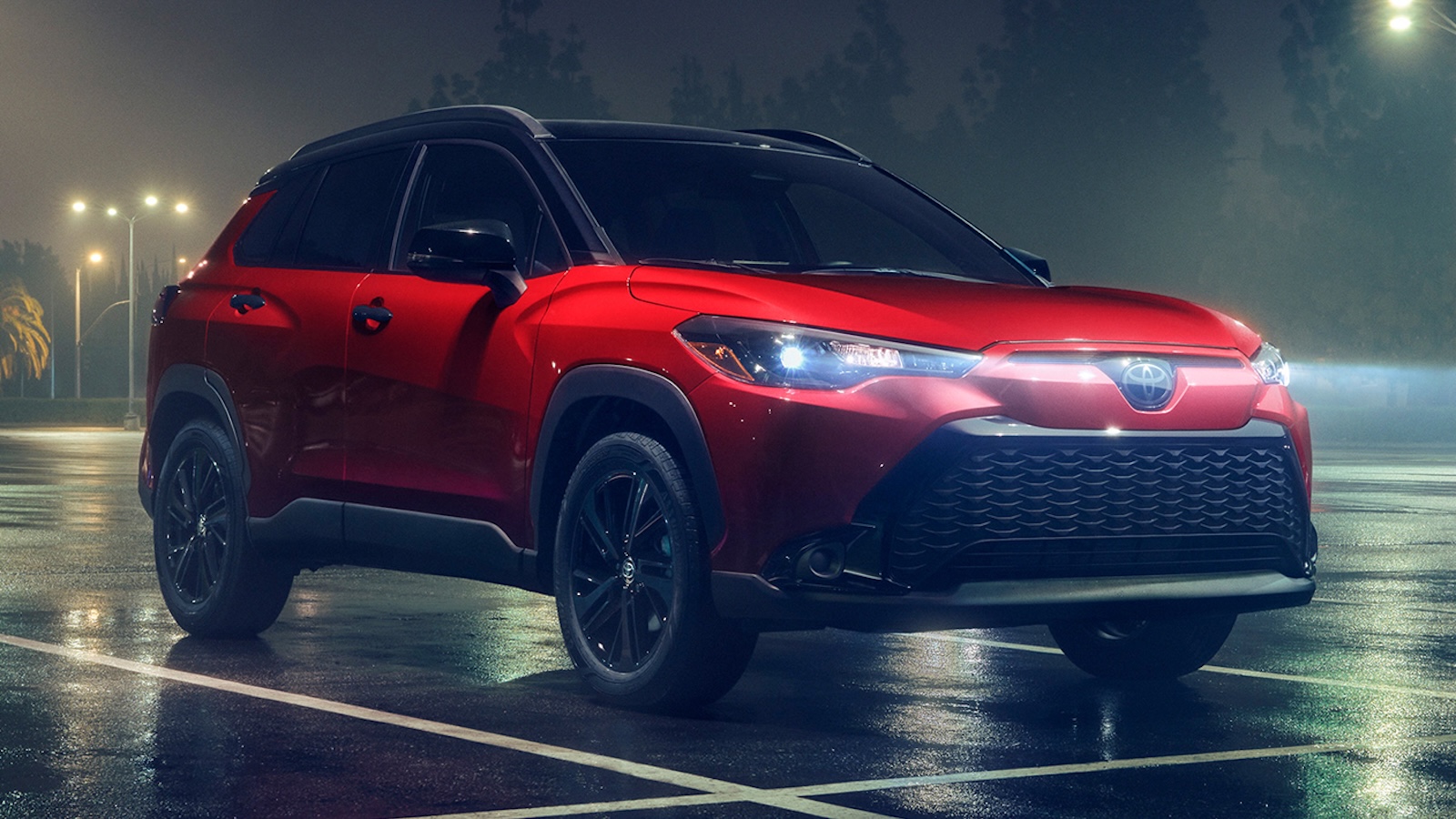
If you aren’t too concerned about how your all-wheel-drive system operates, the Toyota Corolla Cross Hybrid starts at $29,945 for its least expensive trim, will run you $32,205 for a moonroof-equipped SE trim that’s roughly comparable to the Crosstrek Sport Hybrid, and tops out at $35,795 for a loaded XSE trim with the available moonroof, power liftgate, JBL audio system, and adaptive headlights. Sure, we’re looking at a through-the-road all-wheel-drive system with just an electric motor powering the rear wheels, but for most people, that’s enough.
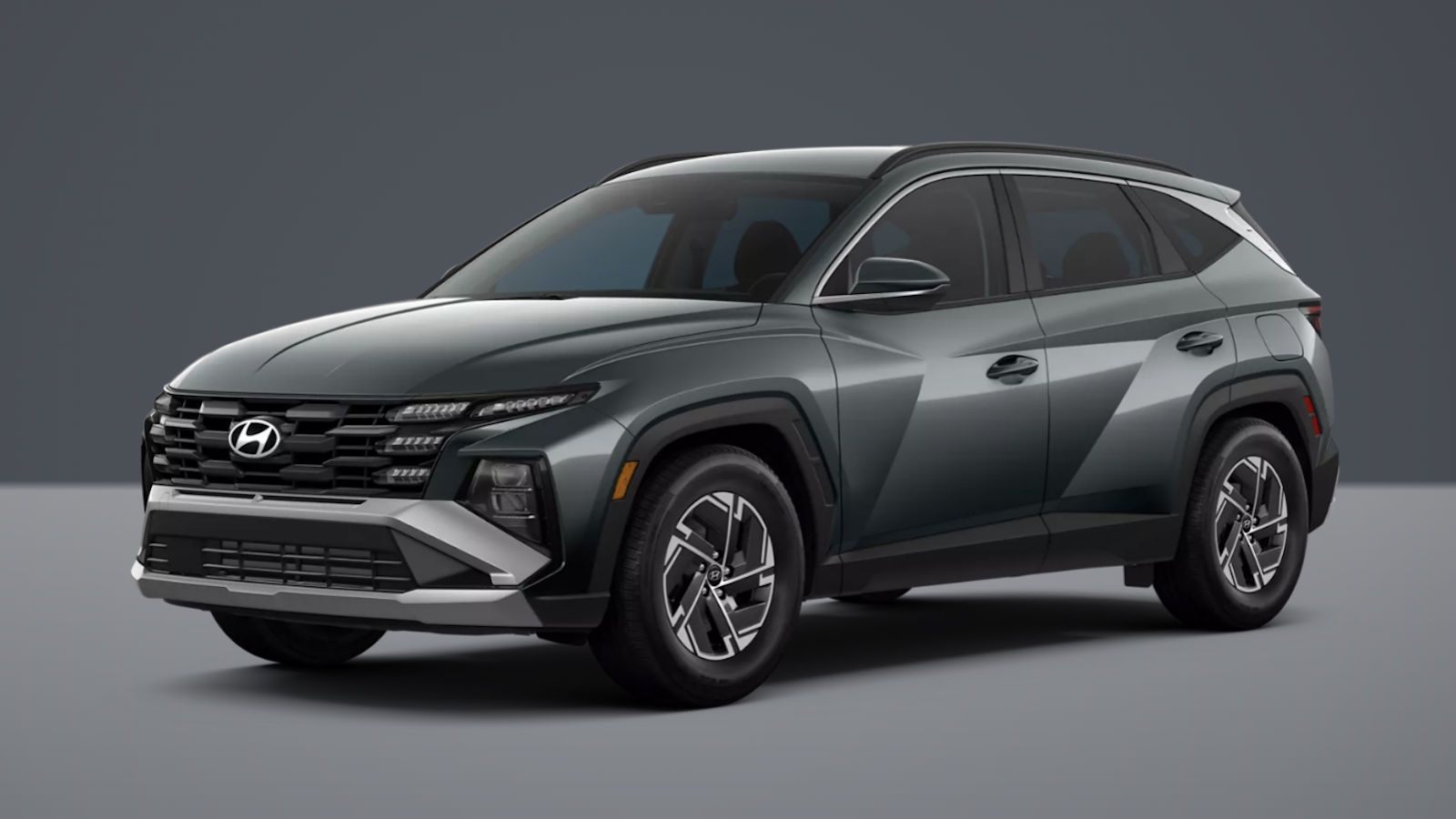
At the same time, if you’re willing to sacrifice features for size, you can get into a base-model all-wheel-drive Hyundai Tucson Hybrid for $34,960. While it doesn’t come with a big screen as a gauge cluster or a power moonroof, you still get wireless smartphone charging, a big 12.3-inch infotainment screen with wireless Apple CarPlay and Android Auto, an eight-way power driver’s seat, a proximity key system, and a mechanical all-wheel-drive system.
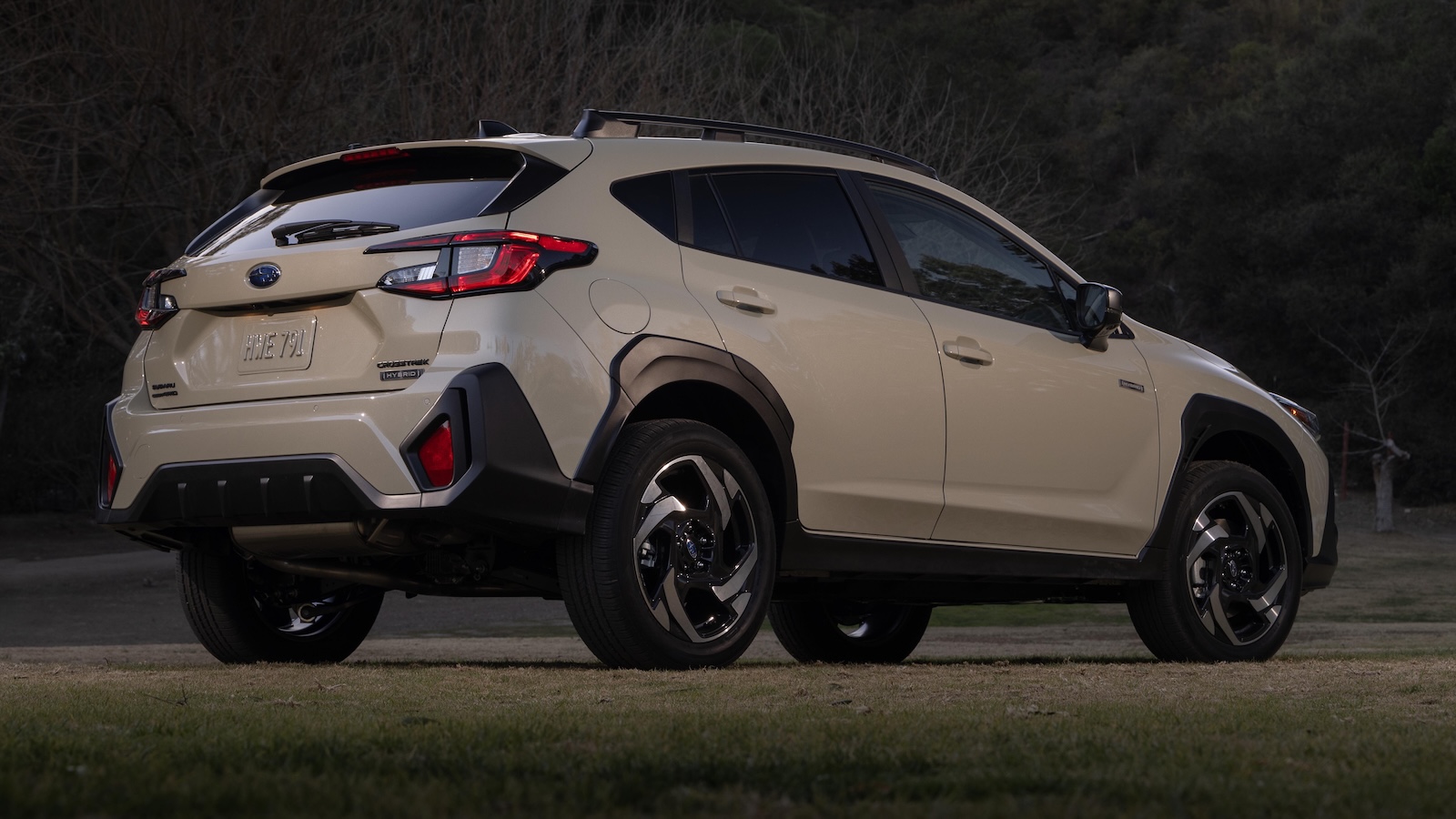
Still, while the 2026 Subaru Crosstrek Hybrid is still a bit of a maybe when it comes to recommending it due to its price and the fact that we don’t yet know its final fuel economy figures, the base model 2026 Subaru Crosstrek is absolutely worth holding out for. If you like the Crosstrek and want your money to go further, it really seems like an obvious choice thanks to gaining that 2.5-liter engine.
Top graphic image: Subaru
Support our mission of championing car culture by becoming an Official Autopian Member.

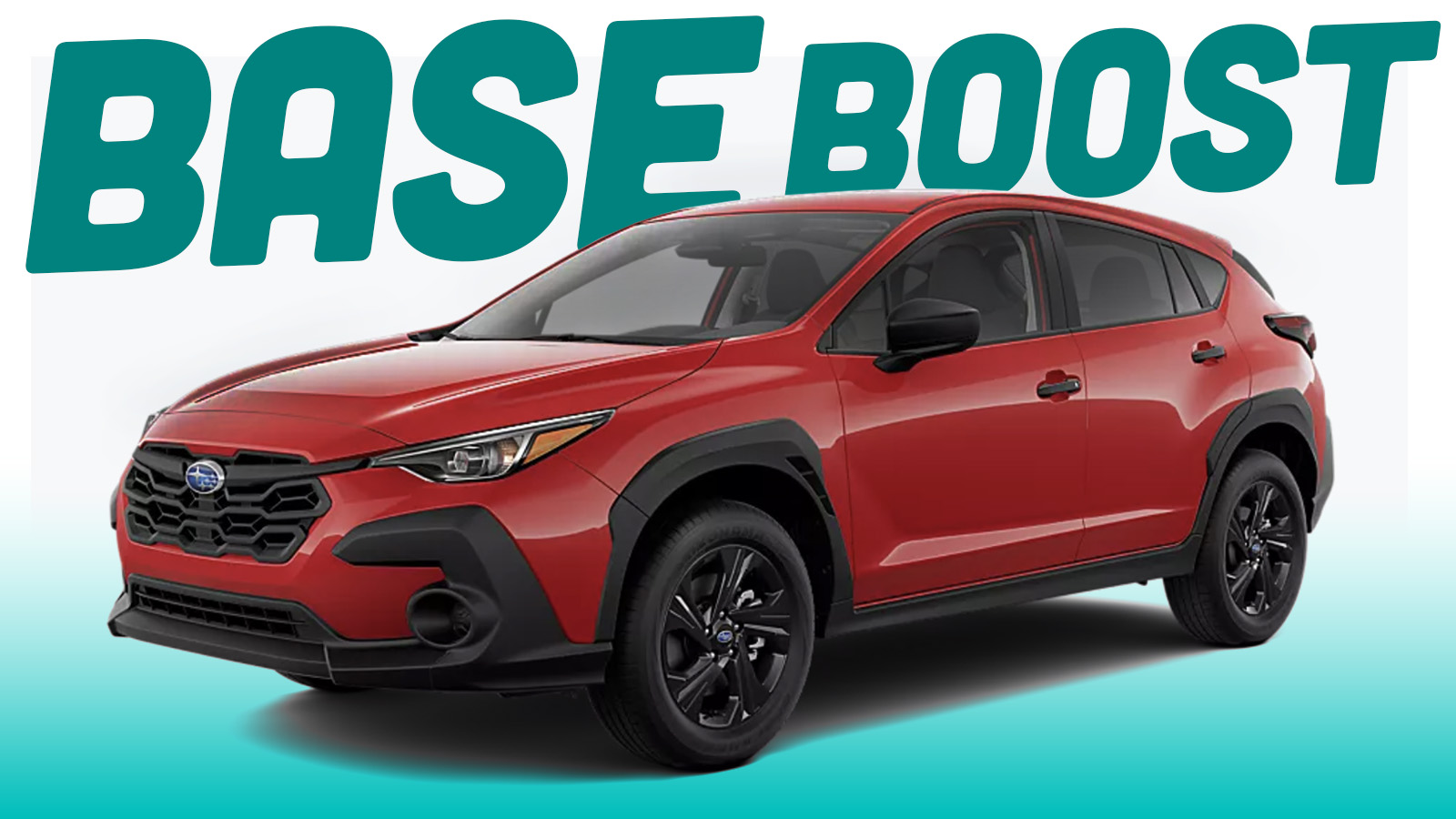






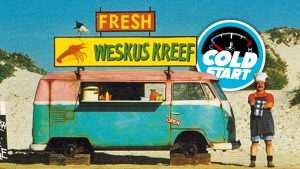
I’d like a glimpse of the alternate timeline where Suzuki survived in the U.S., especially if it meant that Subaru and/or Mitsubishi left. The SX4 was a much better vehicle than this and is essentially a direct competitor.
Well that would cost money and effort. Why bother when their cult buys them regardless of how ugly and mediocre they are?
As a early/mid 30-something, remember that scene in Toy Story where everything around Woody turns to Buzz? That’s been the last 5 years with all of my friends cars becoming Crosstreks.
I have a 2018 base model Crosstrek with the 2.0L engine and a 6-speed manual, and I’ve never had any problems getting up to highway speed before the end of an onramp. In my opinion, the more dangerous people are the people that reach the end of the onramp doing 10 MPH under the speed limit and then start merging without looking.
Didn’t this same thing happen at Mazda already, or am I mistaken? The base version of some of their cars (the 3, etc…) used to come only with a 2.0 liter version of their engine, and eventually that was supplanted by a naturally aspirated version of their more powerful 2.5 liter engine. Or am I mistaken, and Mazda still puts a 2.0 in their cheapest versions?
Given a choice between a 2.0 Impreza and a 2.5 Impreza, I’d choose whichever one didn’t have a CVT (which is neither, of course) because that’s my biggest complaint with the cars. I know it’s not as bad as it used to be, but it’s still awful compared to a manual or traditional automatic.
But I don’t buy new cars (much) so there’s no reason for Subaru to listen to me of course.
Yeah, for the 2023MY, Mazda dropped the 2.0, though that brand made a stronger pivot upmarket post-COVID. It’s somewhat odd that Mazda didn’t engineer a turbocharged 2-liter like most its competition, but I suspect the priority was a larger engine for the SUVs.
Lack of a manual on the NA engines doesn’t bother me but I’d love to see a WRX in hatchback form since it presumably would be available with a manual.
I think a lot of people would prefer the WRX as a hatch, which also makes it a bit more practical for folks who are going to daily it/have it as their only car.
Thankfully, Mazda still uses a traditional automatic and not a CVT in most of its cars, and from the various CX-5 and CX-30 reviews I’ve watched (more than a few 😉 ) people seem to feel that it’s a pretty decent/sturdy unit well matched to the engine. In the European market, the CX-30 can be bought with a manual, and I’d not be surprised if the CX-5 were still available with one too in some markets (the CX-5 only had a manual on the 2.0 liter base version of the earliest years of the car in the U.S. …I’ve seen them but never driven one myself).
For a car with a smaller/smallish and naturally aspirated engine, I’d much rather have a manual to help offset the further blunting of already modest performance. My NA Miata and Volvo 240 wagon both have smallish NA motors (1.8L and 2.3L, respectively) and TBH, I never really feel them lacking in ooomph, though I’m not exactly Speedy Gonzales https://en.wikipedia.org/wiki/Speedy_Gonzales anymore either. 😉
I actually drove one of those manual CX-5s back when I was looking at C30s at a Mazda/Volvo/Lincoln dealership. They were really eager to get me into the CX-5 and not at all interested in talking about a manual C30. The car was good fun to drive but I was very anti-SUV and didn’t really see the point of a FWD CUV (the manual CX-5 didn’t offer AWD).
You must be in Europe or someplace other than the U.S., since we never got the manual transmission version of the CX-30 here… I’m jealous. 🙂 The manual version of the CX-5 (first few years of first generation, which is quite a long time ago now) …I didn’t/don’t know if it was FWD only here, but it seems likely, since it was the base model/engine.
I think of most crossovers as being hatchbacks with a slight lift (and sometimes offering AWD as an option) rather than SUVs. The CX-30 really strikes me that way… I think it’s very close to the Mazda 3 hatchback in most exterior/interior dimensions, having only 2″ more vertical cargo space if my memory serves. Of course, the Mazda 3 is a very good car, but I think I’d rather have the slightly higher ride height of the CX-30 since I’m getting older at a rapid rate. 😉
Of course, the CX-5 is/has always been much more popular than the CX-30 here in the states, so it’s probably a lot easier to find a decent used one in a fairly specific trim level and color. The CX-30 is much less frequently seen, though they’re available used to of course. In decent condition, post-2017 CX-5s and also CX-30s (came out maybe 2019, though I might be off by a couple years) are both still well over $10K used in good shape, so I guess I’ll have to wait a bit for them to come down in price.
I like the simplicity and character of my old cars (1995 and 1989, along with a 2004 that I don’t drive lately) but the relative quiet, comfort, and safety of a newer car still appeals to me.
oh, so these wont be rolling traffic jams anymore? or will the driver still be doing 35 on the highway on ramp?
i’m assuming the price increase is coming with it but my company seems to only buy subarus lately so i’ll apreciate trading my trailblazer in for a new crosstrek with a 2.5l engine when that day comes!
“ Subaru’s also throwing in a few other goodies like push-to-start”.
ooh! Like my 1958 Fairlane with the “be sure to park on a hill” feature!
Like that old Yugo joke about the heated rear window.
So on the Hyundai, when you say you can’t get a power moonroof, you still get one but it’s an old crank style? I am down for that all day! Worth the price of admission
Winding a rotary moonroof handle while saying “opening the sky (née bomb) bay doors” is peak ’80s.
I had a 1983 Mercedes and you had to flip a little handle down and just yank it back like a savage. Seemed barbaric for such an otherwise refined car.
The biggest problem with my wife’s Crosstrek is that it’s like driving a haunted pinball machine. The lanekeeping thing keeps turning itself on and tries to follow whatever random markings it finds. on the pavement
A bare bones eCVT hybrid version without any infotainment crap would be great. Or an Impreza version.
So many problems still left to fix… The CVT, the dreadful interior, the lack of refinement, the horrific wheel designs (only second to Kia/Hyundai in that race!), and the overall styling.
But yay +30hp to make it merely adequate compared to inappropriately slow.
They sell millions of these things so clearly I’m missing something, but I just don’t get it.
It’s not a belt drive and pulley CVT that changes ratios, it’s an eCVT with a constant mesh fixed gear ratio transmission with two electric motors to split the torque on an epicyclic gear train. Totaly different. Unfortunate name.
It’s like a Prius with a longitudinal engine. and a driveshaft to the rear wheels.
Stripping out all the interior crap and gadgets would be welcome, though. A can of black spray paint would fix the wheels. The Rubbermaid fenders would a harder fix.
I think he meant the base Crosstrek with a regular CVT. Even yet it’s one of the most solid ones in the market. Probably only bested by Toyota and on par with Honda. I’ve seen a couple ones with over 200K on them. They feel underwhelming but the quality seems to be there.
Subaru has similar CVT failure rates to Honda and kia/Hyundai, which are significantly higher than most geared conventional automatic (notably excluding FWD-based DCTs).
Oddly enough Nissan seems to have the “best” CVT currently in production and deployment, probably because they’ve finally figured out that 30k-mile fluid changes are a good idea (and which negate the cost savings of the CVT, so why the hell bother?!), and their service departments make that more readily clear than others. Honda is just starting to pick up on the same mantra. I still wouldn’t want any of them, outside an eCVT like for hybrids.
I maintain that CVTs aren’t well-suited to automotive applications, and should stay in powersports equipment at most.
You’re spot on about the quality, CVT, styling, mechanical failures, etc.
I wouldn’t say they sell “millions”, thankfully. They sell less than 700K/year in the US. Hopefully their cultish following stops lapping up their detritus with such wild abandon, but I sadly doubt it.
The same mindset that the owners have where they want to give the impression of “I’m adventurous and outdoorsy!” is why the Bronco Sport is outselling the Escape, and rumors abound that the Escape may not be long for the world.
Subaru has learned this lesson twice now, they standardized on the 2.5 EJ back in the 2000s instead of having a lower displacement EJ as well. Makes sense, feels like they should have done this much sooner for the current lineup.
Biggest problem is the cladding. Plastic not fantastic.
But how else will observers know that the driver is “outdoorsy” and “adventurous” without acres of matte black plastic? I’m surprised they even bother with painted body panels, especially since Subaru’s paint is among the thinnest and crummiest among the larger companies in the industry.